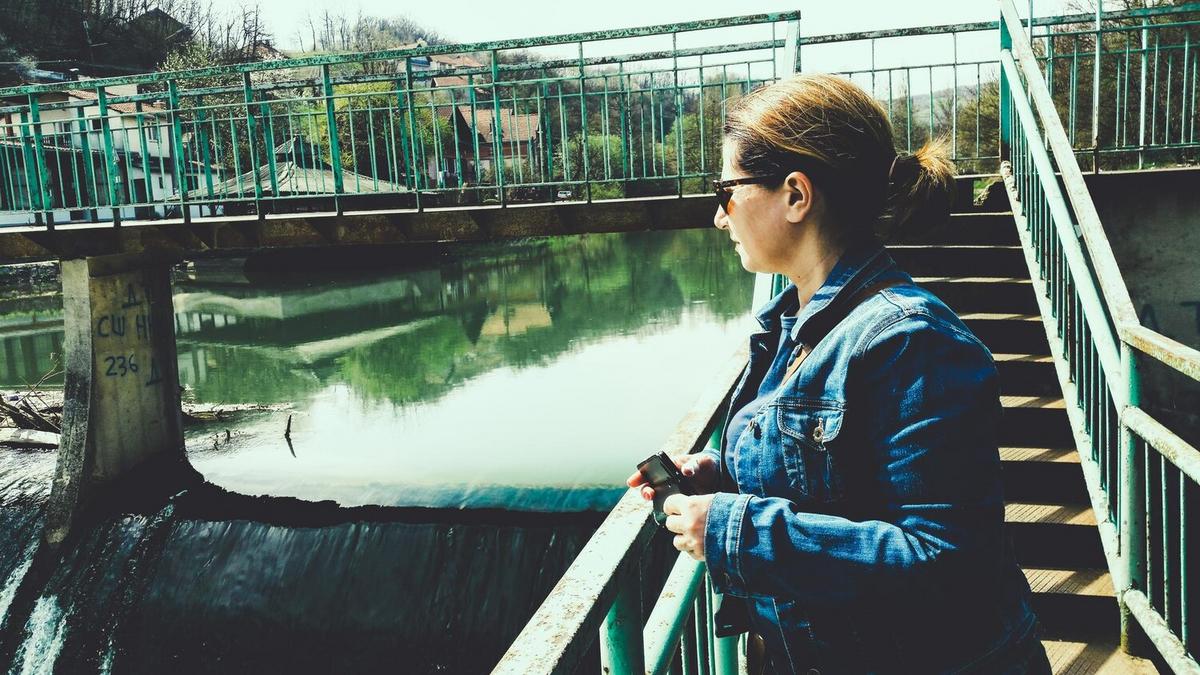
Water Management Strategies for Sustainable Cities
As urban areas continue to expand, the sustainable management of water resources becomes increasingly crucial. Cities around the globe are seeking innovative strategies to effectively manage water, ensuring both the environment and the community thrive.
Water Management Strategies for Sustainable Cities
Urban water management is an essential aspect of sustainable city development. With growing populations and climate change impacting water availability, cities must adopt comprehensive strategies to ensure their water systems are resilient and sustainable.
Understanding the Importance
Water management in cities is not just about ensuring a reliable supply; it’s also about maintaining the quality of life and minimizing environmental impact. According to the United Nations, 55% of the world’s population lives in urban areas, a figure expected to increase to 68% by 2050. This growth necessitates innovative water solutions.
Expert Insights
“Sustainable water management is the cornerstone of resilient urban development,” says Dr. Mark Smith, Director of the Global Water Partnership.
Dr. Smith emphasizes that integrating water management into urban planning can mitigate risks such as flooding and scarcity.
Effective Strategies
- Rainwater Harvesting: Collecting and storing rainwater can significantly reduce the demand on municipal water systems. Many cities are implementing this as a standard practice in new developments.
- Green Infrastructure: Integrating green spaces and permeable surfaces helps manage stormwater naturally. Cities like Philadelphia have successfully reduced stormwater runoff by 80% through such initiatives.
- Water Recycling: Treating and reusing wastewater for non-potable purposes can conserve a significant amount of freshwater resources. Singapore’s NEWater project is a leading example of this strategy.
Real-Life Examples
In Melbourne, Australia, the city has implemented an Integrated Water Management Plan that focuses on collaboration across sectors to optimize water use. This plan has led to a 25% reduction in water consumption over the past decade.
Actionable Tips
- Community Engagement: Encourage local communities to participate in water conservation efforts through education and incentives.
- Policy Development: Establish clear policies that support sustainable water use and penalize wasteful practices.
- Technology Adoption: Utilize smart water meters to monitor usage and detect leaks, improving efficiency and reducing costs.
Implementing a tiered pricing system for water usage can encourage conservation by making excessive consumption more expensive.
Comparison Table of Water Management Techniques
| Technique | Benefits | Challenges |
|---|---|---|
| Rainwater Harvesting | Reduces demand on municipal systems | Initial setup costs |
| Green Infrastructure | Manages stormwater naturally | Requires space and maintenance |
| Water Recycling | Conserves freshwater resources | Public perception issues |
| Smart Water Meters | Improves monitoring and efficiency | Technology adoption costs |
| Community Engagement | Fosters local support | Requires ongoing effort |
FAQs
What is the primary goal of sustainable water management in cities?
The main goal is to ensure a reliable, safe, and clean water supply while minimizing environmental impact and promoting conservation.
How can cities balance water demand with supply?
Cities can balance water demand with supply by implementing strategies such as rainwater harvesting, water recycling, and promoting water-efficient appliances.
In conclusion, sustainable water management is vital for urban development. By adopting innovative strategies and encouraging community involvement, cities can ensure a resilient future. To learn more about sustainable urban development, visit the Global Water Partnership’s website.


